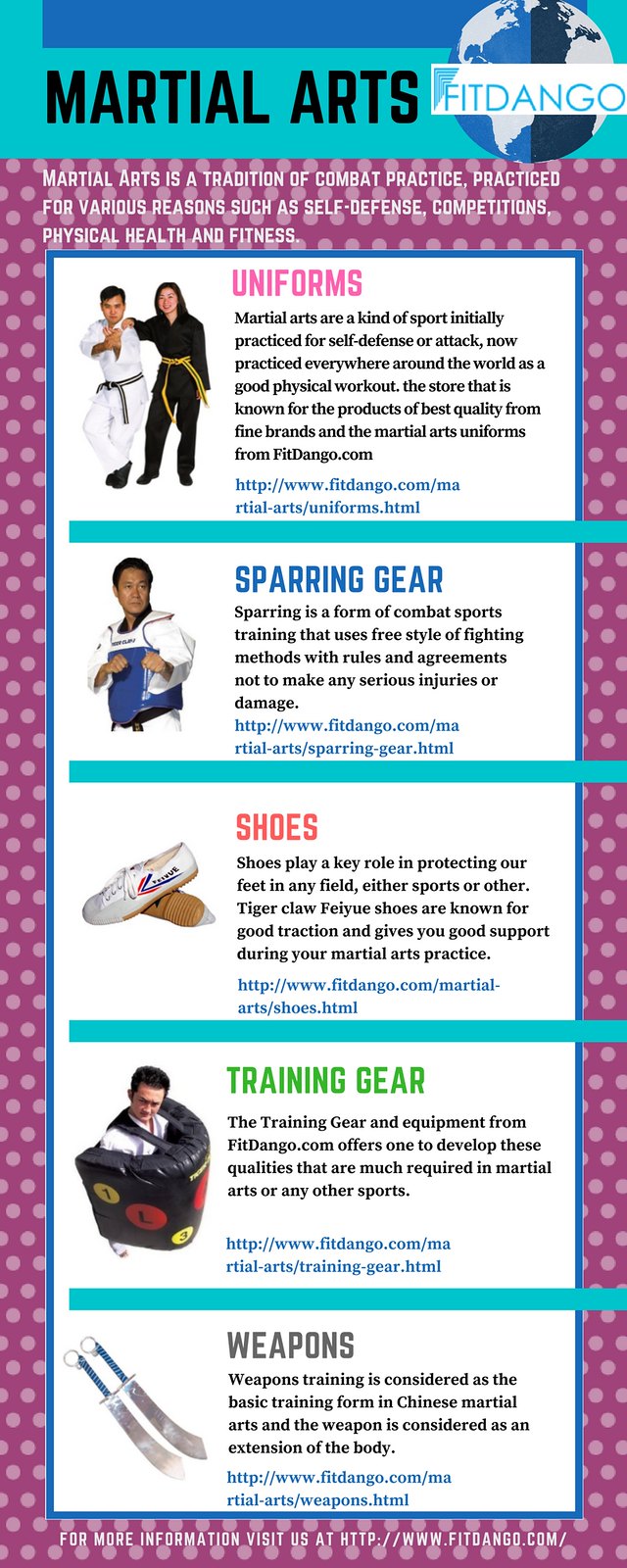Endeavor Into The Compelling Narrative Of Martial Arts, Where Ancient Customs Merge With Modern Methods, Divulging Keys That Actively Affect The Modern Combat Setting
Endeavor Into The Compelling Narrative Of Martial Arts, Where Ancient Customs Merge With Modern Methods, Divulging Keys That Actively Affect The Modern Combat Setting
Blog Article
Team Author-Stevenson Fallon
Martial arts have a fascinating background that covers centuries and continents. You might locate it interesting exactly how old practices like Shuai Jiao and Kalaripayattu prepared for contemporary combat techniques. These disciplines not just emphasize physical abilities yet also reflect the societies that birthed them. As you explore their development, think about exactly how globalization has transformed these typical forms right into crossbreed styles. What impacts do you believe have shaped today's martial arts landscape?
Ancient Martial arts: The Structures of Battle
As you explore the globe of old martial arts, you'll uncover the abundant foundations that shaped combat techniques throughout cultures. Very early methods focused on Self-Defense and survival, frequently incorporating strikes, hurting, and weaponry.
In martial arts gi , for instance, strategies like Shuai Jiao highlighted tosses and joint locks, while India's Kalaripayattu showcased dexterity and fluid activity. Japanese samurai developed Kenjutsu, a refined swordsmanship that highlighted discipline and approach.
These martial arts offered not just for fight but likewise as a means of personal growth, instilling worths like respect and perseverance. The mixing of these methods over time prepared for the diverse martial arts you see today, each reflecting the special viewpoints and demands of its culture.
The Social Impact on Martial Arts Advancement
While martial arts often show the functional demands of a culture, they also symbolize the cultural worths and beliefs of their beginnings. When you check out various martial arts, you'll observe just how they're affected by faith, viewpoint, and social norms.
For example, the focus on respect and technique in Japanese martial arts stems from Zen Buddhism and samurai culture. On the other hand, Brazilian Jiu-Jitsu promotes flexibility and method, formed by the requirement for effectiveness in a diverse, modern atmosphere.
You might locate that the routines, attires, and training approaches show a community's background and identification. By understanding these cultural impacts, you strengthen your admiration of martial arts and their function in shaping human experiences around the world.
Modern Adaptations and the Globalization of Martial arts
Martial arts have transformed considerably in recent decades, adapting to modern society and global influences. You'll see that standard types have mixed with modern methods, producing hybrid styles like mixed martial arts. These adaptations cater to diverse target markets, making martial arts obtainable and attractive worldwide.
With the rise of social media sites and digital systems, you can locate tutorials and competitors from all corners of the world, damaging geographical obstacles. This globalization has led to a shared appreciation for various techniques, from Brazilian Jiu-Jitsu to Taekwondo.
As martial arts to kill engage with these arts, you'll realize they're not nearly battle; they advertise fitness, discipline, and psychological health.
Eventually, contemporary adjustments have enriched the martial arts landscape, making it a dynamic and progressing technique.
Conclusion
In checking out the history and development of martial arts, you uncover a remarkable blend of strategies, societies, and philosophies. From old self-controls like Shuai Jiao and Kalaripayattu to the modern-day flexibility seen in MMA, martial arts mirror humanity's pursuit for Self-Defense and personal growth. As you engage with these practices, you not only get skills yet likewise a deeper gratitude for the varied customs that form our globe today. So, proceed your journey and accept the art of fight!
